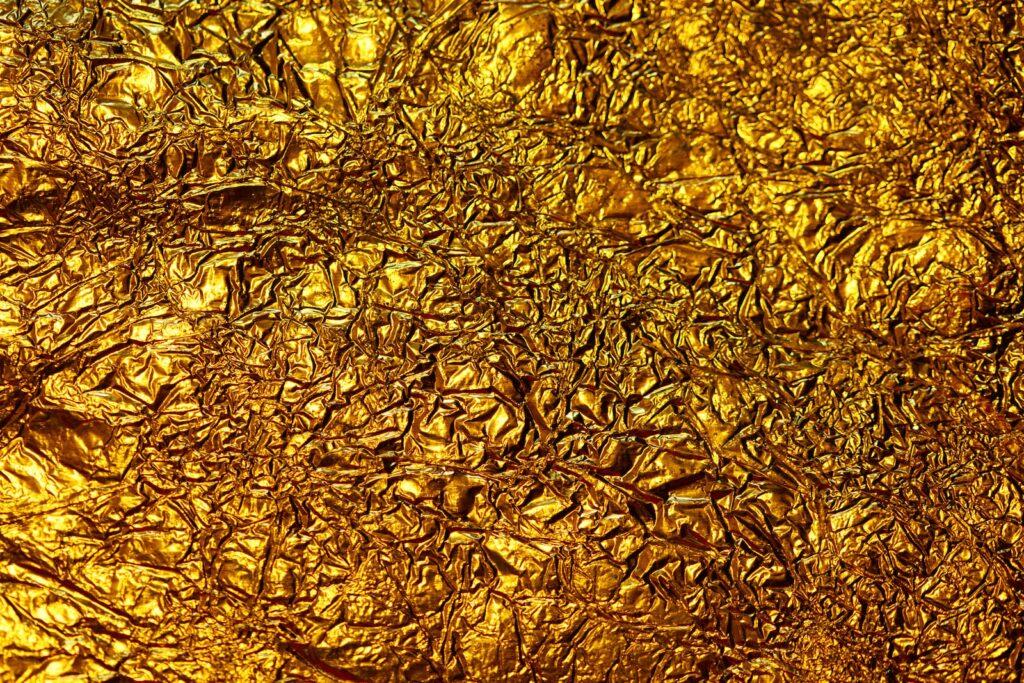Can a knife cut gold?
Hard and dense metals, such as gold and iron, possess malleability and ductility. They exhibit substantial toughness, making it nearly impossible for them to be cut using a knife.
I. Introduction

Gold has been treasured for its natural beauty and radiance for millennia, making it one of humanity’s most coveted commodities – it’s even used in jewelry and technology. But how does gold fare against the might of a trusty knife?
The properties of gold and its hardness
Gold, a noble metal, is known for its malleability and ductility, but does this make it cuttable with an ordinary knife? Inquiring minds want to know!
Can a knife cut through gold?
Contrary to what one might think, a standard knife simply won’t slice through a block of gold. Here’s why – the hardness of gold typically lies around 2.5 on the Mohs Scale, a measurement of mineral hardness. A knife, usually made from steel, has a hardness capped at 5.5 – even with this upper edge, the knife still can’t effectively cut through the resilient gold. Rather, the knife might be able to leave a slight indent or scratch on the surface. But don’t be fooled – this is a far cry from a clean-cut!
To wrap it up, while gold boasts a level of malleability, its toughness holds strong against the blade of an everyday knife. Remember, its resilience is one of many reasons gold is such a sought-after metal!
II. Hardness Scale and Gold’s Position

Understanding the hardness of a material is crucial when talking about its ability to be cut by a knife. Minerals have a standard measure of hardness, known as the Mohs scale of mineral hardness.
Understanding the Mohs Scale of mineral hardness
The Mohs scale is a measure of the ability of a mineral to resist scratching. It ranks minerals on a scale from 1 (softest) to 10 (hardest). In this scale, each mineral can scratch those below it and is scratched by those above it.
Comparing gold’s hardness to other minerals on the scale
Now, let’s talk about gold. On the Mohs scale, gold has a hardness of approximately 2.5-3, which makes it relatively soft. This softness means that pure gold can be cut by a knife with sufficient sharpness and force. However, gold items like jewelry are often made of gold alloys, which are much harder due to the presence of other metals like copper or silver.
In conclusion, while it’s technically possible to cut pure gold with a knife, it’s not recommended for practical purposes, and it would be nearly impossible to cut gold alloys with a knife due to their increased hardness.
III. Testing Gold’s Hardness

Experiments and tests to determine if a knife can cut gold
In order to gauge the hardness of gold, various tests and experiments are conducted. One such common test is to attempt to cut the gold using a knife. In scientific terms, the hardness of a material helps determine its resistance to scratching, cutting, or penetration. In the case of gold and platinum, both are renowned for their incredible durability and resistance to wear and tear.
According to the Mohs scale of mineral hardness, a scale that characterizes the scratch resistance of various minerals through the inability of a harder material to scratch a softer material, gold is rated around 2.5-3, meaning it’s quite soft compared to many other materials.
The question then arises – Can a knife cut gold?
- Gold and Platinum: Due to their hard nature, these precious metals cannot be cut with a simple knife. Their high tensile strength prevents easy penetration by a knife.
- Sodium and Lithium: On the contrary, elements like sodium and lithium are much softer and can indeed be cut with a knife.
In conclusion, a general kitchen knife lacks the hardness to cut through gold due to the metal’s high tensile strength and durability.

